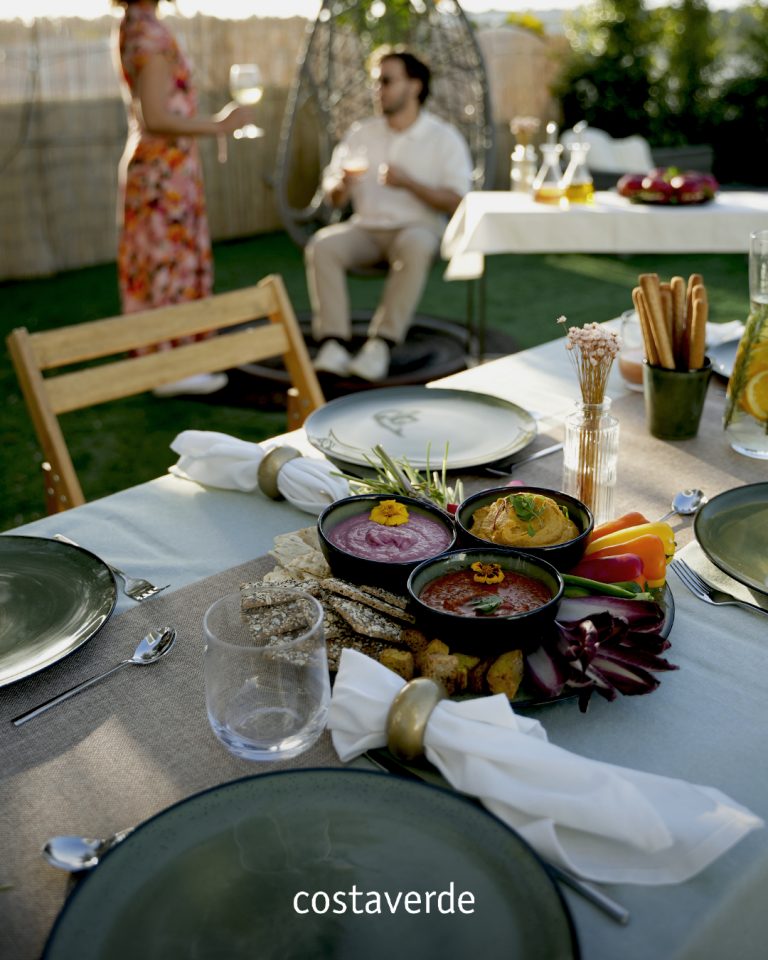
Menu

Porcelain was created in China during the Tang dynasty, from a two-ore firing process: feldspar and kaolin. This procedure has undergone some changes over the centuries, with particular emphasis on the last 30 years. Currently, porcelain ceramic body is composed by the raw materials kaolin, feldspar, quartz and clay.
It differs itself from other ceramic products by the coexistence of three unique and fundamental technical characteristics. They are hardness, whiteness and translucency.
Porcelain has a high level of mechanical resistance, low porosity and high density, which, on a daily basis, provide it with durability, innocuity, soft touch and beauty. It is a unique product, for it is important that you know the differences when related to other ceramic materials.
Porcelain, stoneware and earthenware: What are the main differences?
Porcelain, stoneware and earthenware are very similar materials, and there is even a tendency for them to be confused. It is therefore necessary to be attentive to the characteristics that we highlight below.
- Translucency
The main characteristic that differentiates from other ceramic products is translucency. Is the only one which is translucent, a characteristic that comes from the fact that it is the only one to be vitrified and cooked at temperatures of 1.400ºC, in a reducing environment. This process provides it with a unique brightness, whiteness and translucency.
- Composition
The composition of porcelain is another characteristic that differentiates it from other ceramic products. Stoneware and earthenware contain silica and clay in their composition, and in some manufacturing processes other elements may be added. Earthenware, on the other hand, contains more clays than kaolin.
The porcelain has, as we have already mentioned, feldspar, kaolin, silica and clay. Raw materials used, although they are common to other ceramic products, go through much more demanding qualitative selection criteria regarding constancy of the technical characteristics and the absence of contaminants, as well as the daily laboratory test of control.
- Porosity
Of note is the almost zero porosity of porcelain, when compared to other ceramic products. Stoneware is porous, by easily absorbing some elements to which it is exposed. Earthenware also is, but it goes through an enameling process, in order to diminish the porous aspect and the absorption. The same does not happen with porcelain which, because it has no porosity, is practically impermeable.
In short, porcelain is made out of four raw materials that provides it with high resistance and unique translucency. Because it is a non-porous material, it becomes extremely hygienic and ideal for very frequent uses.
Its delicateness and beauty make porcelain elegant, timeless and suitable for any event. As you can see, there are many reasons to choose this type of ceramic material when you want something sophisticated, but durable.
Subscribe our blog!




